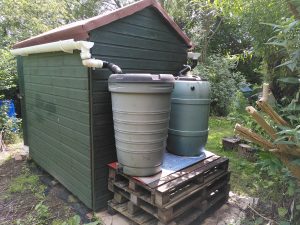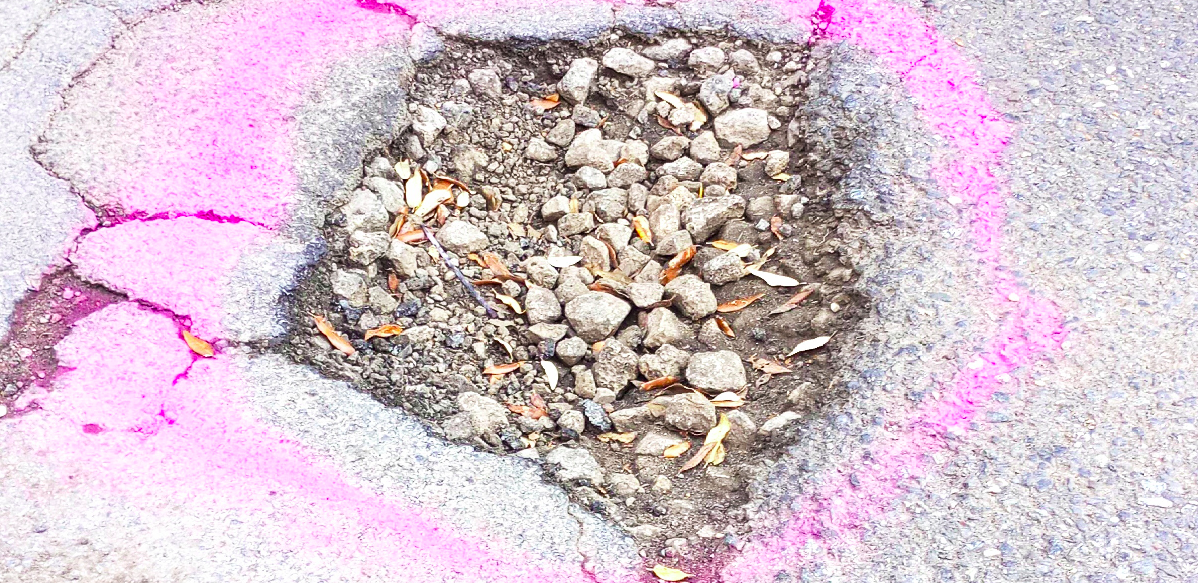The impacts of climate change are becoming ever clearer and more damaging as the years go by. One of the most significant impacts is on the way we grow food. As climate scientists predicted, UK winters are becoming warmer and wetter, and last winter was no exception, resulting in significant crop losses for UK farmers. It also resulted in greater difficulties for local growers in the Eastbourne area, such as smallholders, allotment holders, community gardens, etc, especially as intense rainfall events led to flooding issues on many growing spaces, followed by weeks of very sodden ground that made any work very challenging. The need for growers to adapt to a rapidly changing climate is becoming ever more acute.
in response, the Eastbourne Eco Action Network has begun a collaboration with the Eastbourne Food Partnership, supported by the Blue Heart project, to survey the ways in which local growers are responding to the challenges of growing food despite the impacts of climate change and investigate how such growers can be better supported in their climate adaptation efforts.
One such local growing project is the Pevensey & Westham Community Forest Garden, which has been running for the last 8 years, planting many fruit and nut trees and bushes on land that had fallen out of active management for many years, becoming an unkempt and overgrown scrub and woodland in the process. The volunteers that run the forest garden report that they have not experienced any significant drop in fruit and nut production even during intense heatwaves or periods of intense rainfall, primarily because:
- the site is very well-drained, being in the Pevensey Levels where the extensive network of deep and wide drainage channels is carefully monitored to ensure water levels in the channels are kept at stable levels with no flooding onto adjacent land (the Langney Sewer runs alongside the forest garden but has never flooded onto it).
- the site is protected by shading from an extensive tree canopy that keeps the forest garden cool enough during heatwaves, reduces water evaporation from the soil and ground cover, and protects young plants against strong winds during winter storms.

The forest garden volunteers point out that, by contrast, a community orchard they have been developing in the last few years on an exposed site next to Pevensey Castle, a short distance away from the forest garden, did suffer a big drop in fruit production in 2022 during the intense summer heatwave that resulted in the UK reaching a temperature of 40 degrees C for the first time ever. The relative lack of tree cover for the orchard, compared to the forest garden, meant that the young fruit trees did not have enough shade, putting them under great stress.

However, the main issue for the forest garden is the lack of any mains water on site, which means that in intense heatwaves and periods of prolonged drought there is no supply of water readily available for any watering needs. This has necessitated the volunteers setting up many water butts and rainwater cisterns on site to capture and store as much rainwater as possible. Rainwater conservation is sure to become ever more important for all growers and gardeners as time goes by, especially as fresh water is generally becoming an ever more scare, and more costly, resource in the water-stressed south-east of England.
Forest gardening is therefore one way in which food growing can be adapted to changing climate conditions. But other local food growing enterprises and communities will be visited over the course of the next few months to discover how they try and cope with the challenges of climate change and what kinds of help they may need to cope better.








